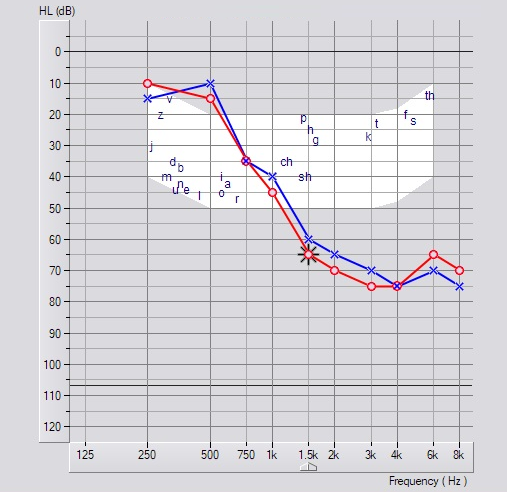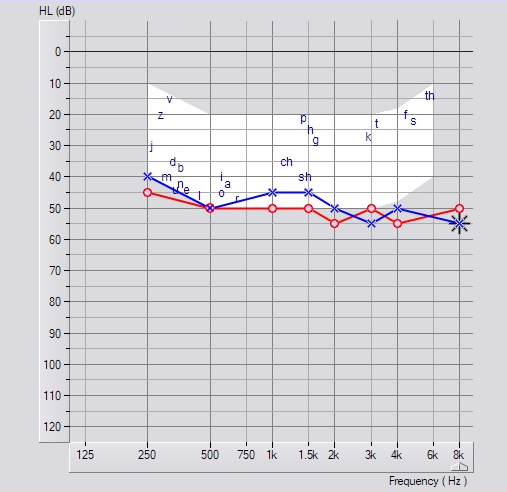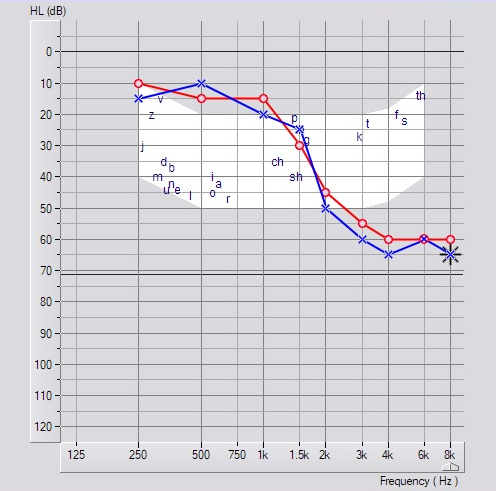TV Hearing Aid Technology and Clarifying TV Dialogue. Clinical Findings
TV Voice Pro wireless TV hearing aid products have been developed to assist those with varied levels of hearing loss, so they can enjoy TV and clear Phone conversation once again.
The foundations for our TV hearing aid technology included extensive research and detailed assessments of how television sound and audio is recorded, along with two years of hearing test analysis and investigations at a busy Australian audiology practice. Details of those findings have been outlined below:
- Increasing the television volume doesn’t solve the problem. In fact, increasing the TV volume still results in a muffled TV sound for many listeners. Why? As the volume of the sound effects, music and TV audio increases, it masks the clarity of TV speech and dialogue.
- Hearing aids alone provide minimal assistance when it comes to hearing the television with clarity. Many hearing aid users report that even with the world’s best hearing aids, they did not provide clear television audio and speech.
- These problems can affect the whole family, which often means you cannot watch and enjoy your favourite TV shows together.
- All TV Voice Pro system earpieces sit within the ear canal and are the most suitable choice for those with varied levels of hearing loss. The shape of the earpieces ensures optimal sound and audio clarity is delivered at the eardrum, and results in an enhanced TV watching experience for the user.
- An understanding of hearing loss configuration (this is otherwise known as how hearing loss varies at different frequencies) is a significant factor when delivering the correct TV audio sound quality for someone with hearing loss.
(Note: Reading audiograms; The red circles represent the right ear, the blue circles represent the left ear. Normal hearing range is from 0- 20 decibels. Below this range represents various degrees of hearing loss.)
A mild to severe high frequency hearing loss.
Notice that the hearing thresholds drop off more steeply in the high frequencies.

A moderate flat loss
Notice that the hearing loss is broad across all frequencies, low and high.

The above examples are just three of thousands of possible configurations of hearing loss.
